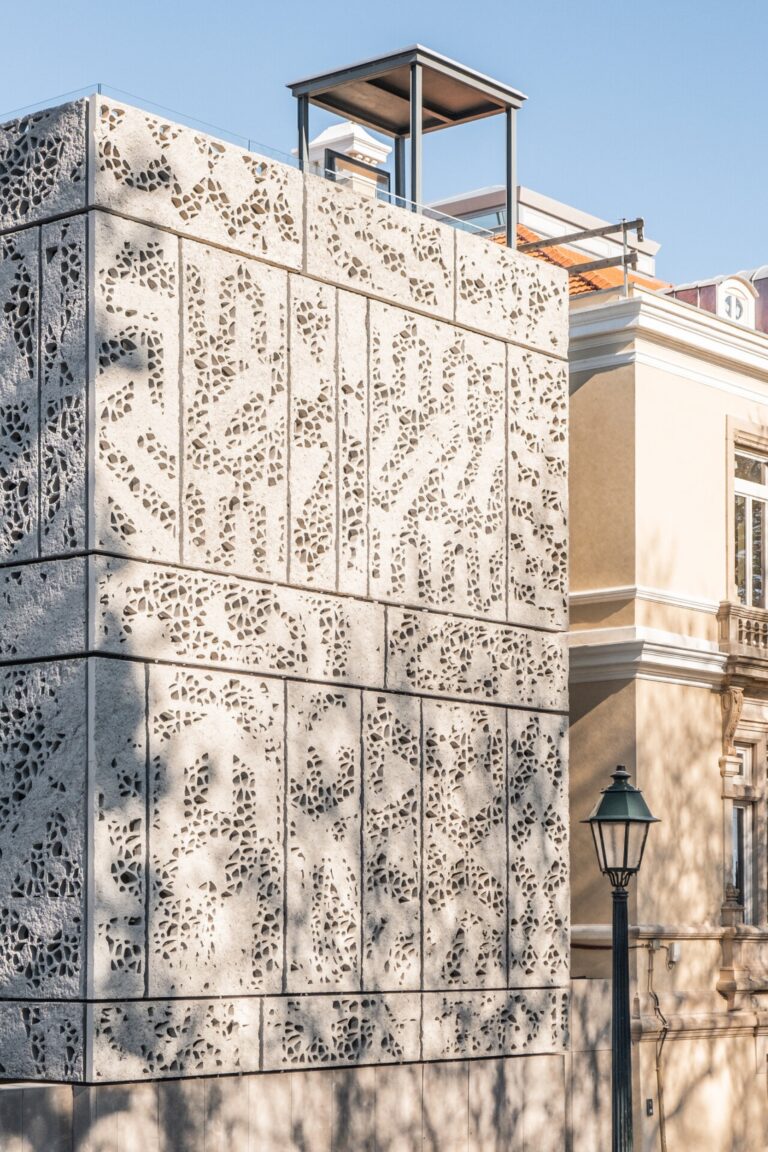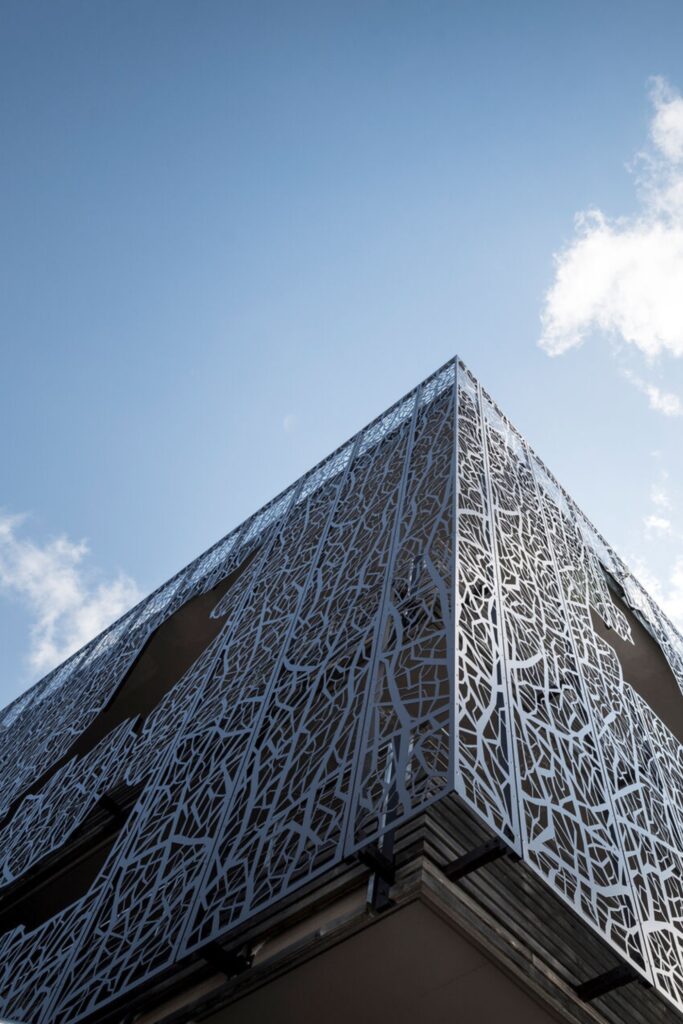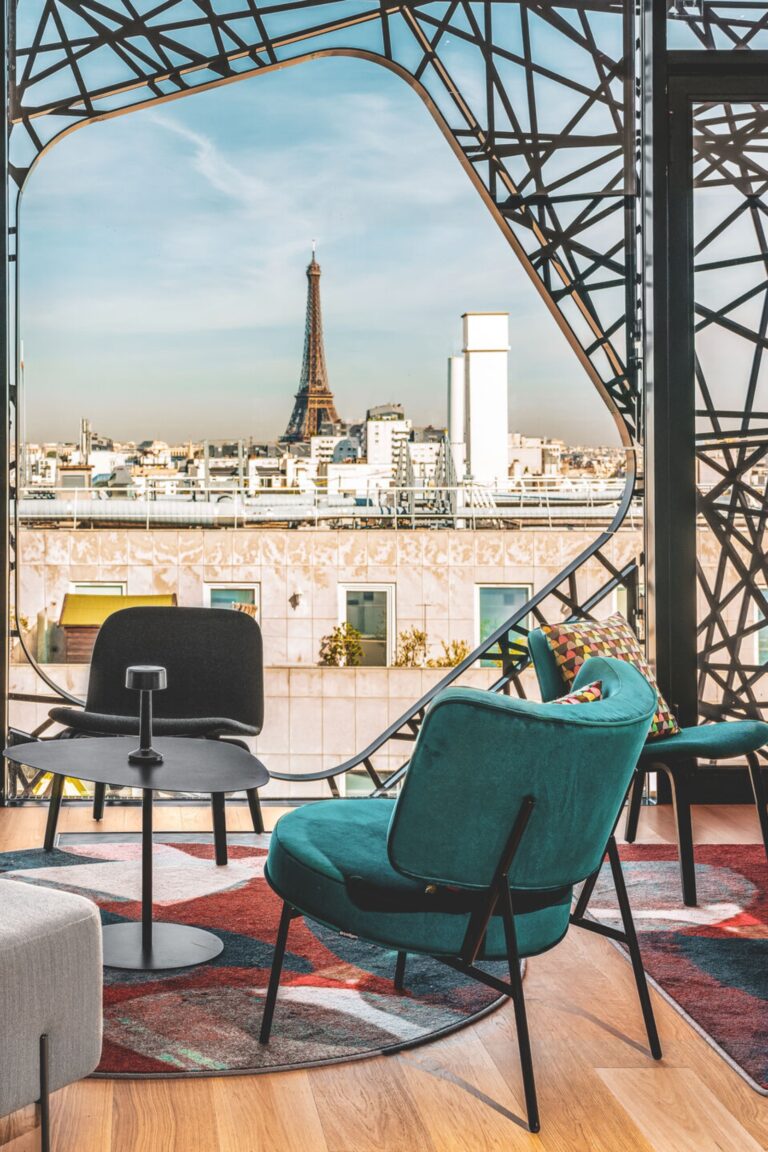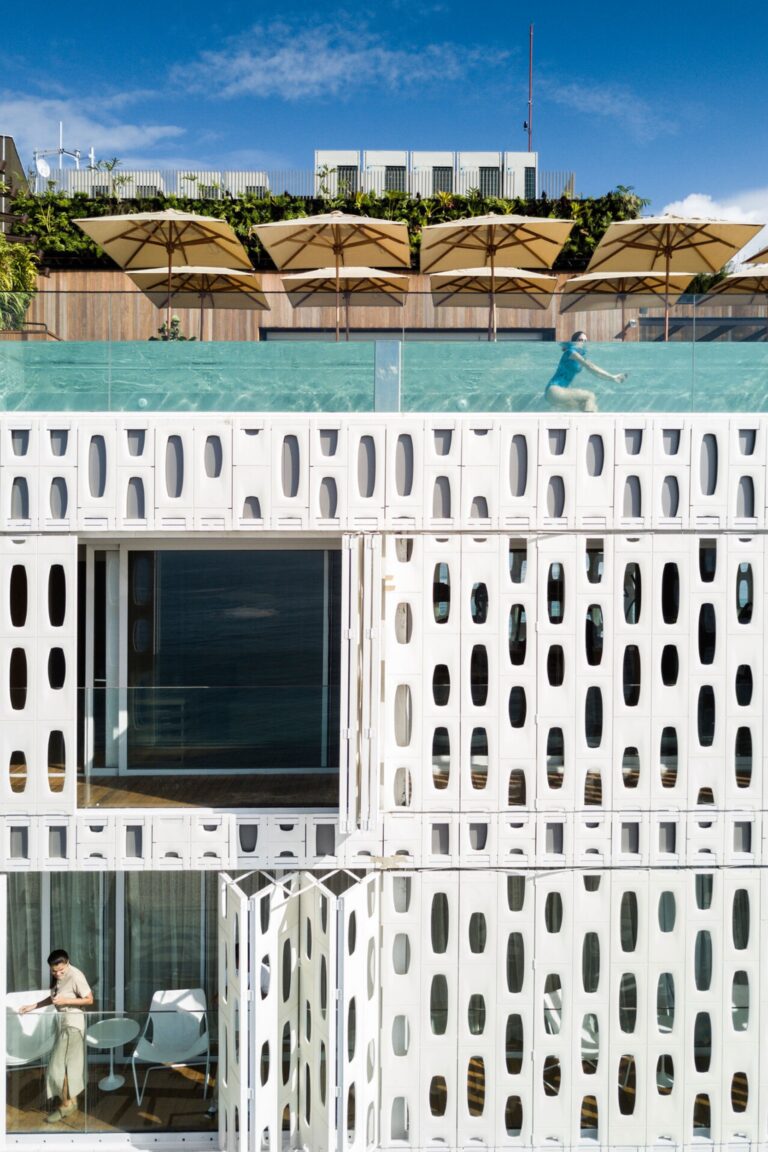THE POWER OF PERFORATION
FIVE ON FRIDAY
Pin-hole punctures, intermittent cutaways and elaborate latticework are just some examples of how hotel specifiers incorporate perforated cladding in the concept stage of a project. But what exactly is the use of this mode of elevation design? Is it purely for aesthetics?
There are many reasons why designers draw on the use of perforation. For instance, a semi-permeate façade allows for the regulation of solar gains in hot climates, ensuring guests’ thermal comfort whilst minimising costs for hotel operators. It can also manipulate the sun’s rays so that light becomes a design feature in and of itself or even conceal structural inner workings (such as ducting, inlets and drainage) without limiting access for maintenance or restricting the flow of air.
Whether used for street-side appeal or innovative solar strategy, here are five facades that rule in the art of perforation…
01 | Artsy Cascais, Portugal.
02 | Silena the Soulful Hotel, Italy.
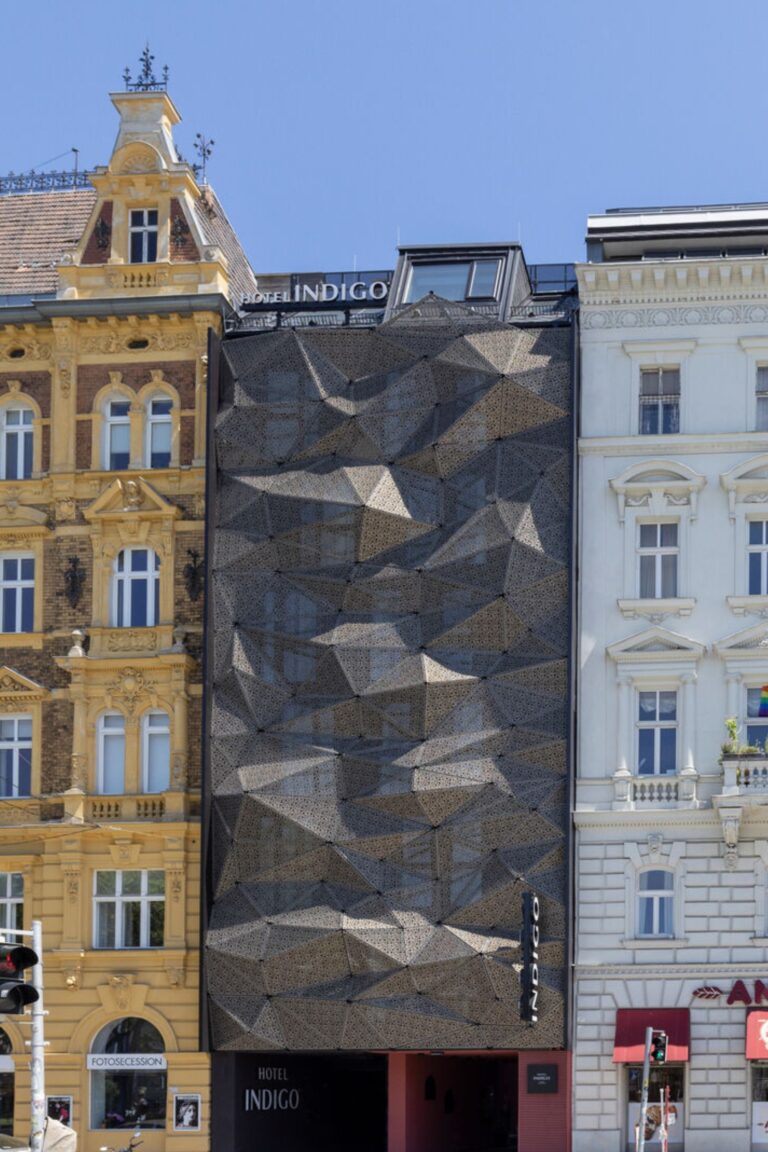
03 | Hotel Indigo Vienna Nasch, Austria.
by BWM Architekten.

